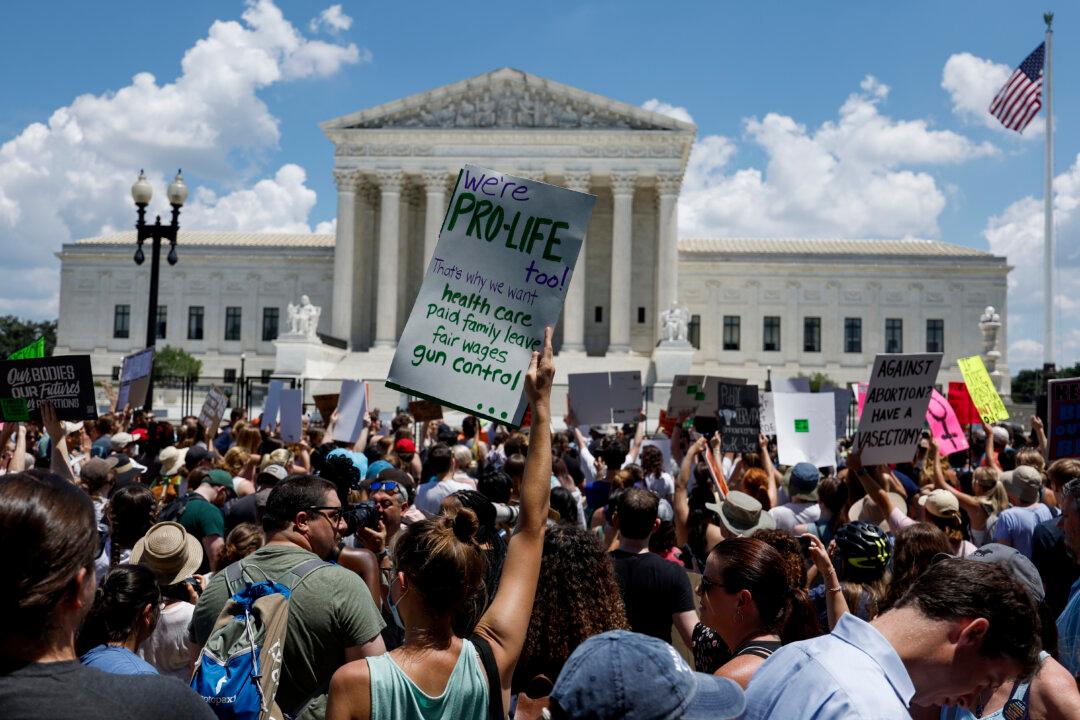The GOP made gains in the House this election, coming out of the Nov. 3 election winning all 26 of the districts considered “toss-ups” by the Cook Political Report. Republicans also picked up seven of the 36 seats that the major political forecaster rated as leaning in favor of the Democrats.
“The House count stands at 221D-209R, and here are my information ratings of the five outstanding races following today’s developments,” Cook Political Report editor Dave Wasserman said on Twitter. “#CA21 - Likely R, #CA25 - Lean R, #IA02 - Lean R (recount), #NJ07 - Likely D, #NY22 - Toss Up.”





